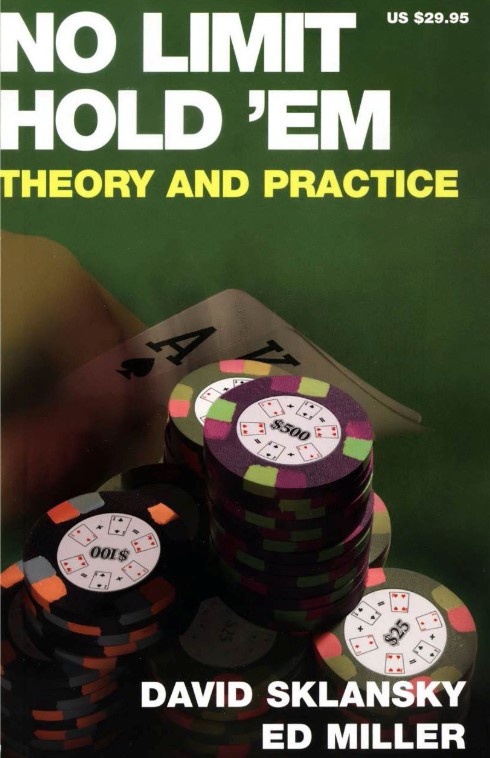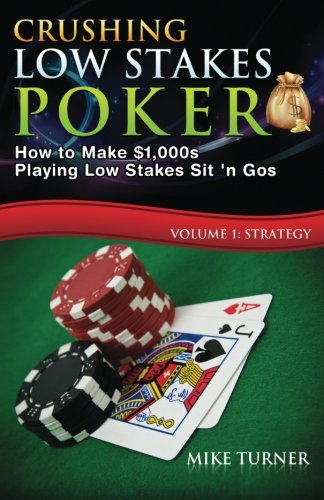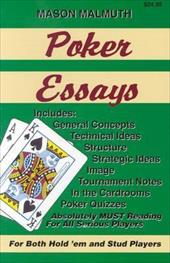No Limit Hold ’em
Subtitle: Theory and Practice
Average price online: $25.00
Based on The Cover
The book provides an in-depth exploration of no-limit hold’em strategy and aims to teach players how expert players think about the game. Mastering the key concepts can provide a significant edge over typical opponents.
TL;DR - Important Takeaways
- No-limit hold’em is a complex game that requires mastering several key skills, including manipulating pot sizes, adjusting to stack sizes, winning the battle of mistakes, reading hands, and manipulating opponents.
- Implied odds are critically important in no-limit hold’em, and bets should be sized to avoid offering opponents overly favorable implied odds.
- Bet sizing is very important and situation-dependent. Bets should be sized to make opponents’ draws unprofitable while still enticing them to call mistakenly.
- Position is a huge advantage, especially having position on the likely flop bettor. The button is the most valuable position.
- Short stacks have an intrinsic advantage over deep stacks in cash games.
- The Sklansky-Chubukov numbers provide a guide for when you can profitably go all-in preflop with various hands when your stack is short.
- Checking behind on earlier streets is often good in deep-stacked no-limit to control pot size and induce bluffs on later streets.
- Limping first in, even on the button, is often correct in deep-stacked games, unlike in limit hold’em.
What We Learned From Reading the Book
- The concept of “swapping mistakes” – the idea that good players will intentionally make small mistakes to induce their opponents to make bigger, more costly mistakes in return. This is a novel way of thinking about maximizing profit against exploitable opponents.
- The Sklansky-Chubukov numbers for preflop all-in decisions. We were not aware of these specific numbers or how they were calculated. The fact that hands like king-four offsuit are profitable shoves with certain stack sizes was surprising.
- Some of the nuances around bet sizing, such as how the board texture should influence bet sizes regardless of your holding. For instance, flop bets should tend to be smaller on flops like A-K-K and larger on flops like J-9-7.
- The idea that limping first in can often be correct on the button in deep-stacked cash games. In most poker literature, limping is universally discouraged, so this was an unconventional perspective.
- The notion that short stacks have an intrinsic advantage over deep stacks in cash games due to being able to play a more simplified strategy and realize their equity better. Most discussion of short stacks focuses on the disadvantages.
The book presented some specific concepts and strategic ideas that were novel to us. The level of detail and insight reflects the authors’ expertise on the topic of expert-level no-limit hold’em.



